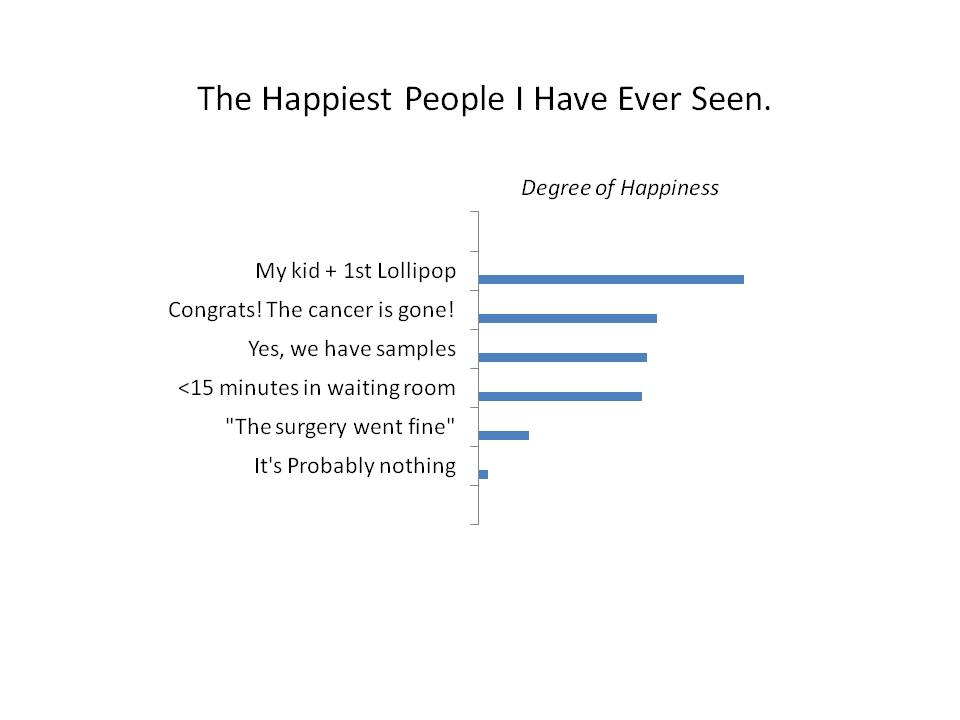An Announcement from The Holy Profit Medical Center.
“Holy Profit Medical Center” is a series of fake satirical press releases and news articles from an imaginary hospital. . .
The Holy Profit Medical Center today named Bess E. Morass to the new post of Executive Vice President in Charge of Lobby Christmas Tree.
“We are very excited to have Bess here”, said HPMC CEO Haywood Jabuzov. “Ms. Morass received her MBA from Northwestern Michigan University, which is nationally recognized as being slightly better than Southwestern Michigan University.”
“We are very excited about this years lobby Christmas tree project” said Ms. Morass. “We have a very imposing task ahead of us, and it all begins with the Strategic Christmas Vision Project, which has already formed a committee. In those meetings we have given several power point presentations on how we might go about forming subcommittees to tackle the number of challenges that we are likely to face. We have already identified a number of areas where we may acheive strategic synergy, particularly in collaboration with the Task Force on The Formation of The Christmas Tree Decoration Committee.
Also at issue this year, is the very expensive lighting and extremely bright star on the top of the tree. Last year many patients complained that the light was so bright that it was keeping them up at night. Many employees are also questioning the cost of the tree in light of the many recent cut backs at the hospital. “This is an important point. It is the very reason we are proceeding with the Strategic Christmas Vision Project, after all, when people are laid off or are sick in the hospital, it’s more improtant that ever to have Christmas spirit!” She added, “however, the decision on the star is not under my purview, and will need to go through the ESCCTS (Executive Sub-Committee on Christmas Tree Star). We expect to have a decision on that by July of next year.”
“The first issue on our agenda was the color of the tree,” said Mr. Morass ”and I am pleased to report that we have decided to go with a yellow tree this year to promote gall bladder sludge awareness.” The Lobby Christmas Tree will be on display until mid-January, after which the Committee on Lobby Christmas Tree Disassembly will be tasked with its removal.


